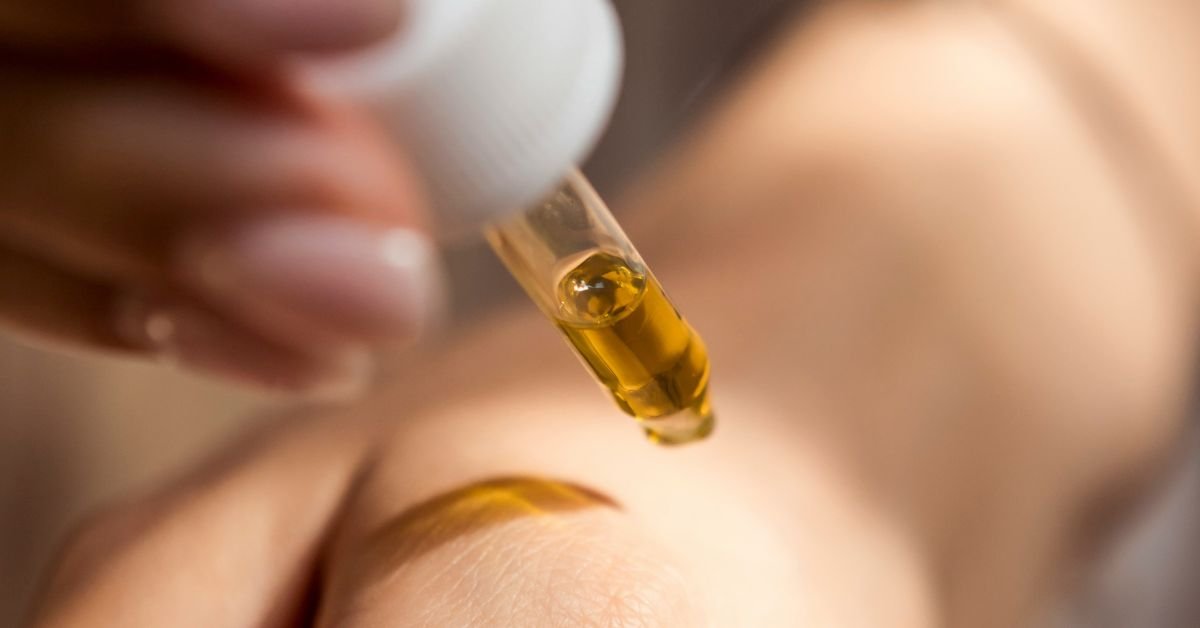Common Skincare Errors You Should Avoid
Main Image – Artem Podrez/Stocksy
Making mistakes with your skincare routine is common and not a big issue. Everyone has been there. But what are the significant skincare blunders according to experts?
I interviewed Jessica Kerr, the founder of Skin Botanist, to uncover the most common mistakes she observes in skincare. From excessive exfoliation to ignoring the skin on your neck, here are her top concerns and recommended solutions.
1. Avoiding Sunscreen or Limiting its Use to the Summer Months
According to Kerr, sun damage accumulates over time, and UVA rays, which contribute to premature aging, are present throughout the year, even on cloudy or colder days. It is essential to apply a broad-spectrum sunscreen with an SPF of 30 or higher daily, irrespective of the weather. Incorporate sunscreen into your morning skincare routine, similar to how you brush your teeth. Consider choosing formulas with added antioxidants for enhanced protection.
2. Avoiding Excessive Skin Exfoliation
Enjoying the benefits of a good facial scrub is tempting, but it’s crucial to avoid overdoing it, as highlighted by Kerr. Exfoliation plays a vital role in eliminating dead skin cells, but excessive exfoliation or harsh products can harm the skin’s protective barrier. This damage can result in sensitivity, inflammation, and a higher likelihood of breakouts.
How often should exfoliation be done? According to Kerr, it’s recommended to exfoliate 2-3 times a week with a gentle chemical exfoliant like lactic acid or salicylic acid instead of a physical scrub. Monitoring how your skin reacts is essential – if you experience dryness, tightness, or redness, it’s advised to reduce the frequency of exfoliation.
3. Avoiding Moisturizing Oily or Acne-Prone Skin
Individuals with oily or acne-prone skin often make the mistake of forgoing moisturizers under the misconception that it will exacerbate oiliness and breakouts, according to Kerr. However, neglecting moisturizer can actually prompt the skin to produce more oil to compensate for the lack of hydration.
For those with oily skin, the solution lies in opting for a lightweight, non-comedogenic moisturizer tailored to address oily or acne-prone skin, Kerr recommends. Such moisturizers should contain ingredients like hyaluronic acid for hydration without pore-clogging and niacinamide for regulating sebum production.
4. Using the inappropriate products for your skin type
Many individuals make the mistake of using the wrong products for their skin type, which can have significant consequences, according to Kerr. Such errors can disrupt the skin’s natural balance, resulting in dryness, oiliness, or sensitivity. For instance, applying rich creams on oily skin or harsh cleansers on dry skin can exacerbate existing problems.
To rectify this issue, it is crucial to first identify your skin type to select suitable formulas and avoid wasting money. Kerr advises sticking to products explicitly formulated to address your skin’s unique needs. If uncertain, seeking guidance from a dermatologist or skincare specialist is recommended.
5. Sleeping in makeup
It’s a common scenario to end up in bed after a night out without removing all your makeup. We’re all guilty of it, as we’re only human.
However, Kerr advises against this habit. Leaving makeup on overnight, along with accumulated dirt and pollutants, can block pores, leading to breakouts, dull skin, and premature aging. Moreover, it disrupts the skin’s natural repair process during the night.
The best solution is simple – always remove your makeup before bedtime. Opt for a gentle makeup remover followed by a hydrating cleanser to ensure clean skin without stripping it. For stubborn makeup, consider the double cleansing method for better results. Though it may take a bit more time, your skin, and even your pillowcase, will benefit from this skincare routine.
6. Incorrect Layering of Skincare Products
Improperly applying skincare products can diminish their effectiveness or lead to irritation, according to Kerr. For instance, using a heavy cream before a lightweight serum can hinder the serum from penetrating the skin, resulting in wasted benefits. To maximize the advantages of your skincare investment, Kerr emphasizes considering the consistency of the products during application.
Following a guideline of thin to thick consistency is recommended. Begin with a cleanser, followed by toner (if applicable), then proceed with serums, eye creams, moisturizers, and finally sunscreen. For active ingredients such as retinol or exfoliating acids, apply them after cleansing and toning but before heavier moisturizers.
7. Neglecting the Neck and Hands
While often overlooked, taking care of your neck and hands is essential for maintaining overall skin health and preventing premature aging. According to Kerr, these areas are prone to showing signs of aging earlier than the face, including sagging, wrinkles, and pigmentation. Therefore, it is crucial not to neglect them in your skincare routine to ensure they age gracefully along with your face.
To protect the neck and hands, Kerr suggests extending your skincare regimen to include these areas. This means using the same serums, moisturizers, and sunscreen that you apply to your face on your neck and hands as well. Additionally, incorporating an SPF hand cream during the day can help safeguard against sun damage, preventing sunspots and maintaining elasticity.
Key Points to Remember
It is important to note that the skin on your neck and hands ages faster than your face. Applying SPF daily is crucial for skin protection, and the correct order of skincare products is essential – from thinnest to thickest.
While you may have been aware of some of these 7 mistakes, others may have caught you by surprise. By identifying and correcting these bad habits in your daily routine, you can improve the overall health of your skin.



